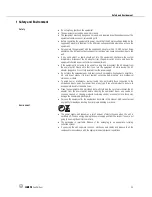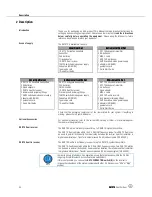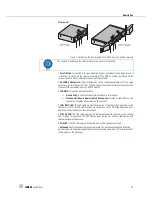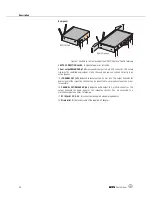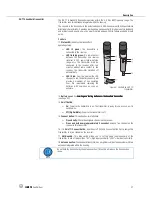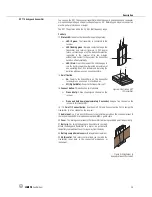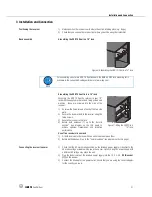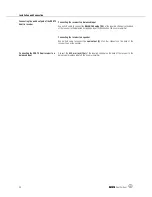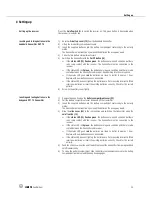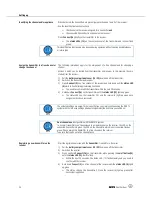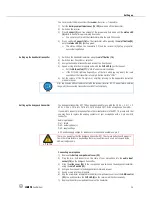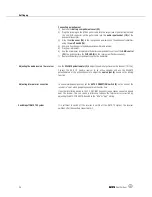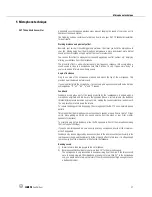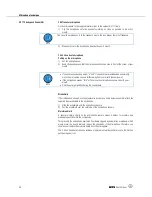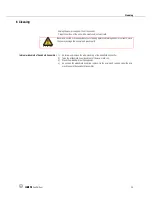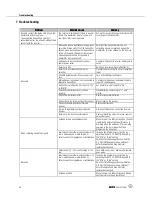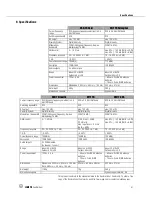
Microphone technique
DMS 70
DMS 70
DMS 70
DMS 70 Quattro/Dual
37
A handheld vocal microphone provides many ways of shaping the sound of your voice as it is
heard over the sound system.
The following sections contain useful hints on how to use your DHT 70 handheld transmitter
for best results.
Working distance and proximity effect
Basically, your voice will sound bigger and mellower, the closer you hold the microphone to
your lips. Moving away from the microphone will produce a more reverberant, more distant
sound as the microphone will pick more of the room’s reverberation.
You can use this effect to make your voice sound aggressive, neutral, sensual, etc. simply by
altering your distance from the microphone.
The proximity effect is a powerful increase in low frequency response that occurs when a
sound source is close to a microphone (less than 2 inches / 5 cm). It gives more "body" to
your voice and an intimate, bass-heavy sound.
Angle of incidence
Sing to one side of the microphone or above and across the top of the microphone. This
provides a well-balanced, natural sound.
If you sing directly into the microphone, it will not only pick up excessive breath noise but also
overemphasise "s", "sh", "tch", "p", and "t" sounds.
Feedback
Feedback occurs when part of the sound projected by the loudspeakers is picked up by a
microphone, amplified and fed back to the speakers. Above a certain volume (the feedback
threshold) this process becomes a vicious circle, making the sound system howl and screech.
The only solution is to turn down the volume.
To reduce the danger of this happening, the microphone of the DHT 70 has a cardioid pickup
pattern.
This means that the microphone is most sensitive to sounds arriving from in front of it (your
voice), while picking up hardly any sound arriving from the sides or rear (from monitor
speakers for instance).
To maximize gain before feedback, place the PA speakers in front of the microphones (along
the front edge of the stage).
If you use monitor speakers, be sure never to point any microphone directly at the monitors or
at the PA speakers.
Feedback may also be triggered by resonances (due to the room acoustics), particularly in the
low frequency range, and thus indirectly by the proximity effect. In this case, it is often enough
to move away from the microphone a little to stop the feedback.
Backing vocals
1)
Never let more than two people share a microphone.
2)
Backing vocalists should not sing at more than 35° to the microphone axis.
The microphone is very insensitive to sounds arriving from the side. If the two vocalists
were to try and sing into the microphone at an angle of more than 35° to the microphone
axis, you would have to turn up the level of the microphone channel high enough to cause
a feedback problem.
5
Microphone technique
DHT 70 handheld transmitter

